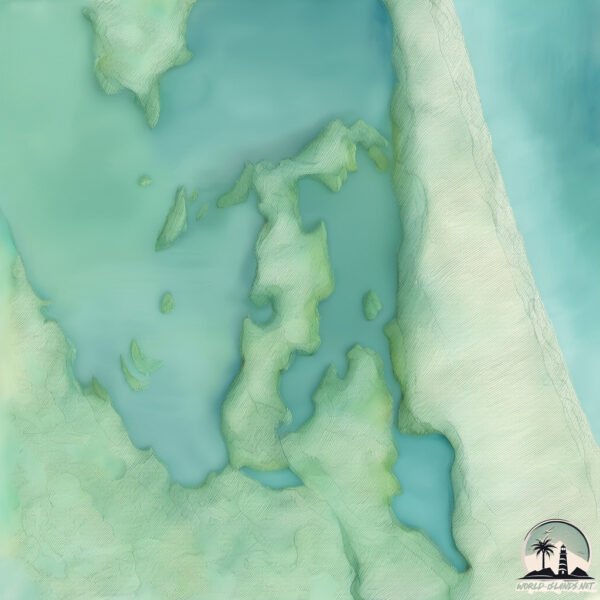Ko Mak

Welcome to Ko Mak, a Tropical island in the Gulf of Thailand, part of the majestic Pacific Ocean. This guide offers a comprehensive overview of what makes Ko Mak unique – from its geography and climate to its population, infrastructure, and beyond. Dive into the details:
- Geography and Size: Explore the island’s size and location.
- Climate and Weather: Weather patterns and temperature.
- Topography and Nature: Uncover the natural wonders of the island.
- Infrastructure and Travelling: Insights on reaching, staying, and making the most of your visit.
- News and Headlines: Latest News.
Geography and size of Ko Mak
Size: 40.6 km²
Coastline: 62.8 km
Ocean: Pacific Ocean
Sea: Gulf of Thailand
Continent: Asia
Ko Mak is a Medium Island spanning 41 km² with a coastline of 63 km.
Archipel: –
Tectonic Plate: Pacific – The world’s largest tectonic plate, covering much of the Pacific Ocean, known for the Pacific Ring of Fire with extensive seismic and volcanic activity.
The geographic heart of the island is pinpointed at these coordinates:
Latitude: 7.42269777 / Longitude: 100.34624392
Climate and weather of Ko Mak
Climate Zone: Tropical
Climate Details: Tropical Monsoon Climate
Temperature: Hot
Climate Characteristics: Characterized by heavy rainfall, high humidity, and uniformly high temperatures, but with a distinct short dry season. It features a seasonal reversal of prevailing wind directions.
Topography and nature of Ko Mak
Timezone: UTC+07:00
Timezone places: Asia/Jakarta
Max. Elevation: 49 m
Mean Elevation: 13 m
Vegetation: Agricultural Mosaic
Tree Coverage: 45%
The mean elevation is 13 m. The highest elevation on the island reaches approximately 49 meters above sea level. The island is characterized by Plains: Flat, low-lying lands characterized by a maximum elevation of up to 200 meters. On islands, plains are typically coastal lowlands or central flat areas.
Dominating Vegetation: Agricultural Mosaic
A mix of cropland and natural vegetation, often seen in rural landscapes where agricultural fields are interspersed with patches of natural habitats. Ko Mak has a tree cover of 45 %.
Vegetation: 11 vegetation zones – Exceptionally Diverse Island
Islands with more than ten vegetation zones are among the most ecologically rich and varied in the world. These islands are akin to miniature continents, boasting an incredible array of ecosystems. The sheer range of habitats, from high peaks to deep valleys, rainforests to deserts, creates a mosaic of life that is unparalleled. They are crucial for conservation and ecological studies.
Infrastructure and Travelling to Ko Mak
Does the island have a public airport? no.
There is no public and scheduled airport on Ko Mak. The nearest airport is Hat Yai International Airport, located 47 km away.
Does the island have a major port? no.
There are no major ports on Ko Mak. The closest major port is SONGKHLA HARBOR, approximately 30 km away.
The mean population of Ko Mak is 151 per km². Ko Mak is Moderately Inhabited. The island belongs to Thailand.
Continuing your journey, Ko Nang Kham is the next notable island, situated merely km away.
KOH MAK 🇹🇭 Thailand’s Secret Island Paradise (ultimate guide)



Thailand is classified as Emerging region: G20: Group of Twenty – Major economies comprising both developed and emerging countries, representing the world’s largest economies. The level of income is Upper middle income.
News – Latest Updates and Headlines from Ko Mak
Stay informed with the most recent news and important headlines from Ko Mak. Here’s a roundup of the latest developments.
Please note: The data used here has been primarily extracted from satellite readings. Deviations from exact values may occur, particularly regarding the height of elevations and population density. Land area and coastline measurements refer to average values at mean high tide.
